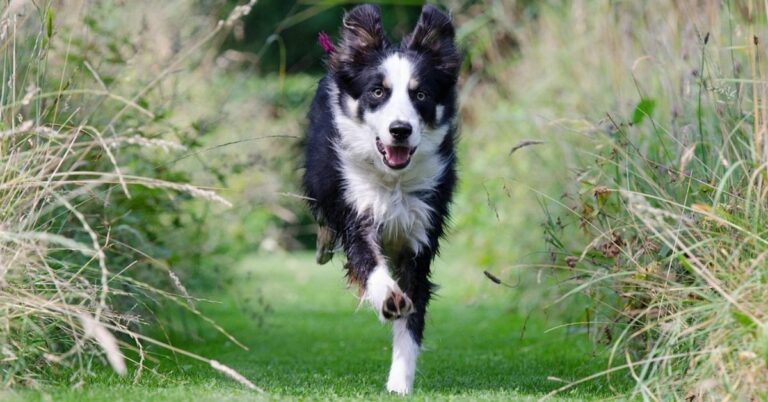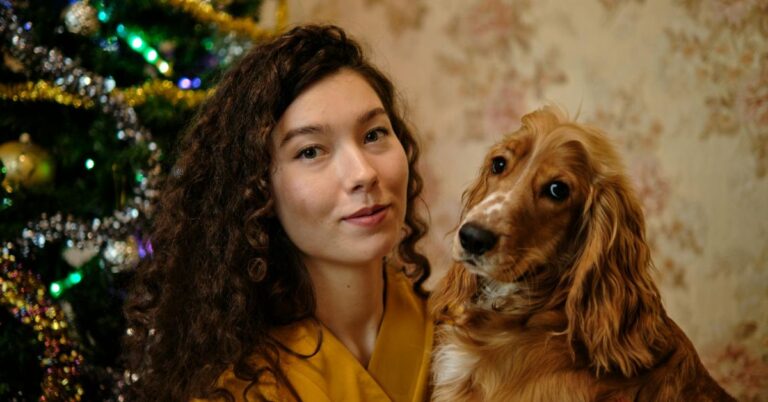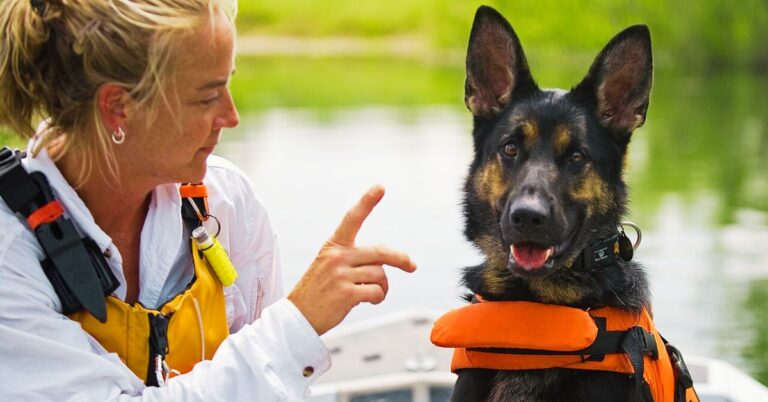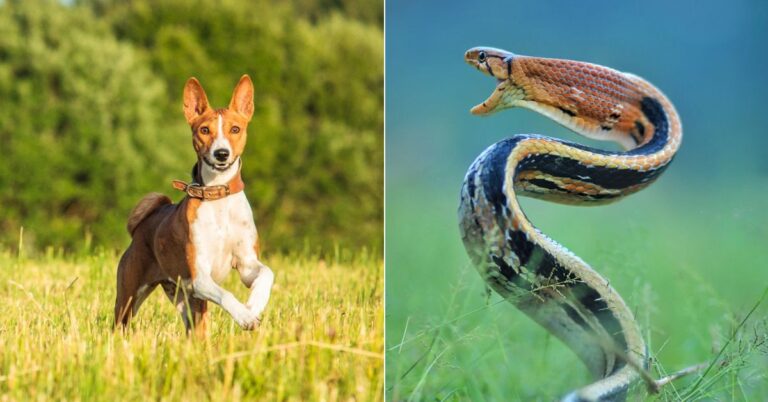15 Worst Dog Breeds for Seniors

When choosing a dog, seniors should know that not all breeds can fit their lifestyle and physical abilities. Some dogs have high energy levels, require significant care, or are difficult to manage, making them less suitable for older adults. Here are 15 dog breeds that are not the best choice for seniors.
Border Collie
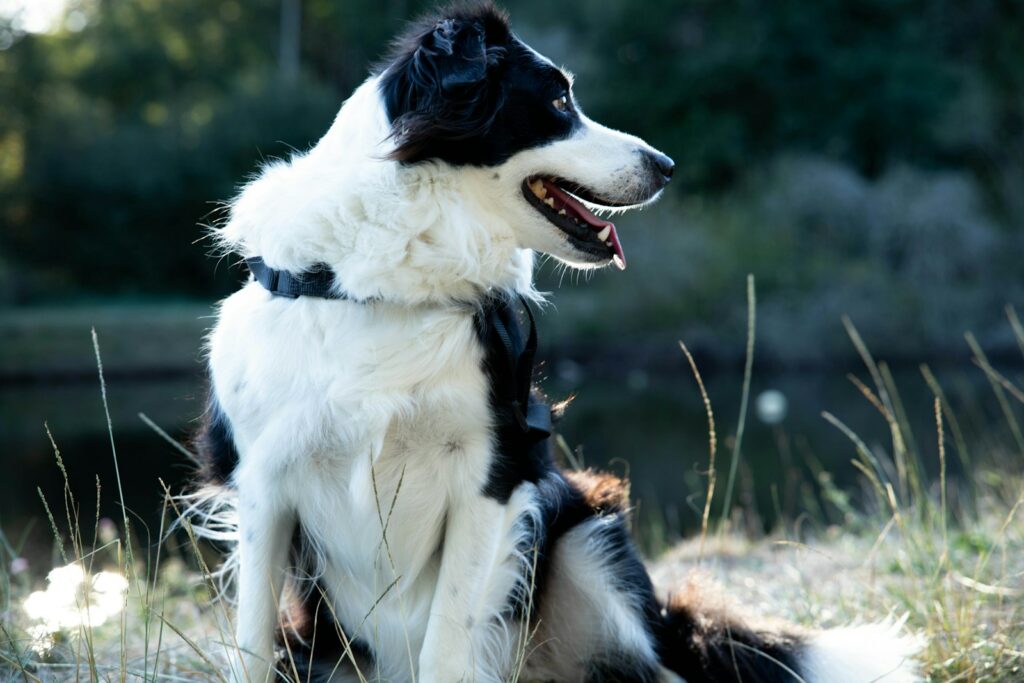
Border Collies are one of the most intelligent breeds. While they are excellent pets for active individuals, their herding instinct can make them difficult for seniors to manage. They need daily exercise, puzzles, and activities to keep them engaged, and without them, they can become bored, anxious, and even destructive.
Jack Russell Terrier
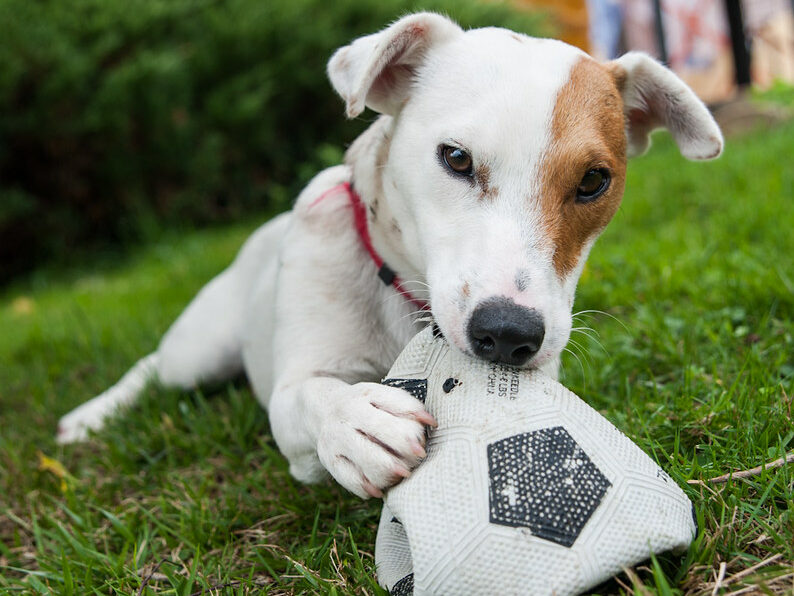
Though small, Jack Russell Terriers have boundless energy and a strong prey drive. They are known for being adventurous, independent, and sometimes stubborn, requiring constant supervision and stimulation. They can start digging, barking, and chewing without enough physical exercise or mental engagement.
Siberian Husky

Huskies were bred for endurance, and they need significant amounts of daily exercise. These pups are challenging to train and have a strong prey drive that can make them unpredictable around smaller animals. Seniors may find their strength, high energy, and need for regular activity overwhelming. Plus, Huskies’ tendency to escape and wander can pose additional challenges in keeping them safe.
Weimaraner

Weimaraners are high-energy hunting dogs that need mental and physical stimulation. They require long walks, runs, and mentally engaging activities to prevent boredom and destructive behavior. For seniors who may not have the stamina to provide this activity level, a Weimaraner can become restless, anxious, and difficult to manage. Their large size and strength further add to the challenge of walking and training them.
Dalmatian
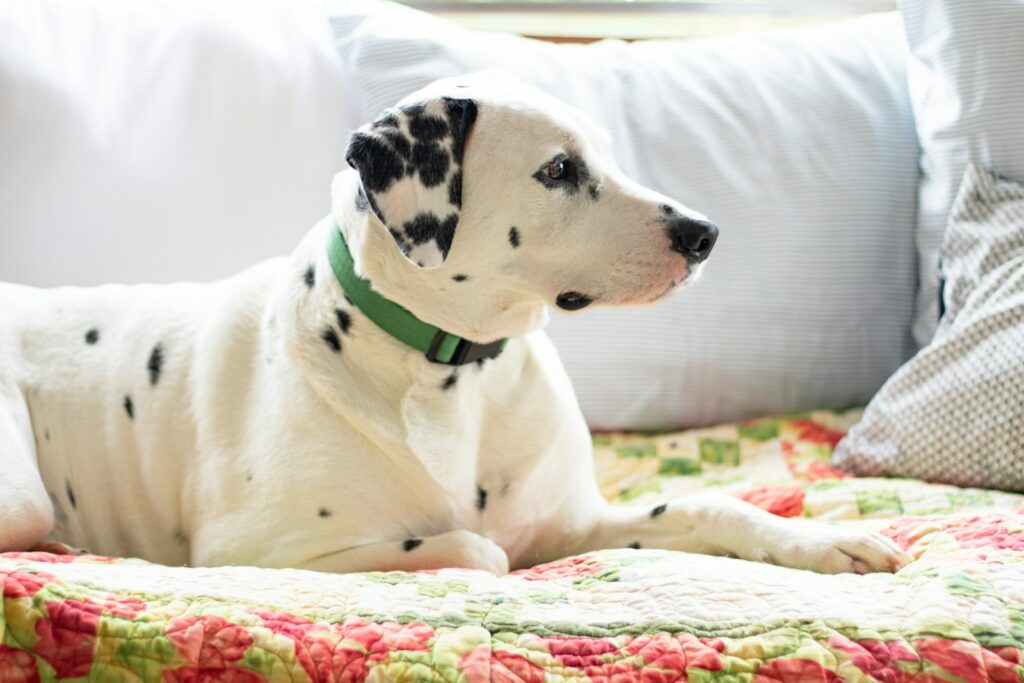
Dalmatians are playful, active, and full of energy. They often need regular exercise to stay healthy and happy. Their strong-willed personality can be difficult for seniors to control, especially if they become hyperactive or overly excited. Without proper outlets for their energy, Dalmatians can develop behavioral issues, such as nipping, barking, and destructive behavior.
Boxer

Boxers are known for being playful and energetic. However, their high energy levels and tendency to be overly enthusiastic can be overwhelming for seniors. Boxers need plenty of exercise and socialization to prevent them from becoming overly excited or difficult to control.
Australian Shepherd

Australian Shepherds are herding dogs with an intense need for activity and mental engagement. They are very intelligent but can become bored easily if not given enough stimulation, leading to behaviors like excessive barking, chewing, or herding other pets or children. Seniors may struggle to keep up with the daily exercise and mental challenges that this breed requires.
Belgian Malinois
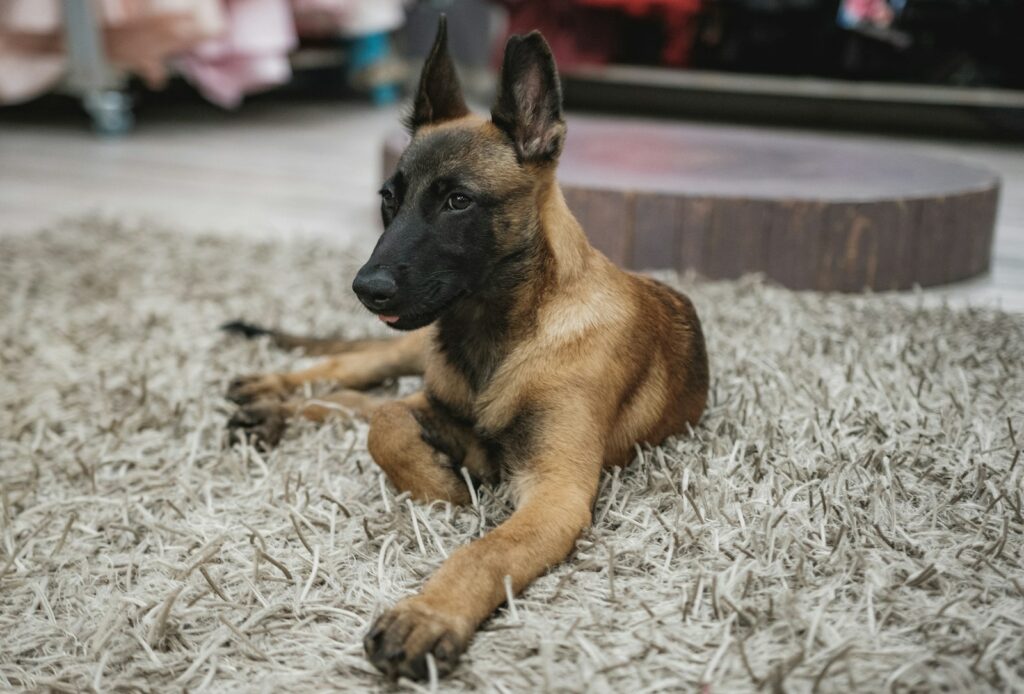
Belgian Malinois are working dogs known for their intelligence, energy, and drive. They need an environment where they can work and be physically active. Without constant physical and mental challenges, they can become frustrated, leading to destructive behavior or anxiety. Their strong protective instincts also mean they need careful, consistent training.
Airedale Terrier

Airedales are independent, energetic terriers that require a firm hand in training. They can be stubborn and willful, making them harder to manage than more obedient breeds. Airedales need daily exercise and attention to prevent boredom, and their natural hunting instincts can lead them to chase smaller animals or become difficult to control during walks.
Cane Corso
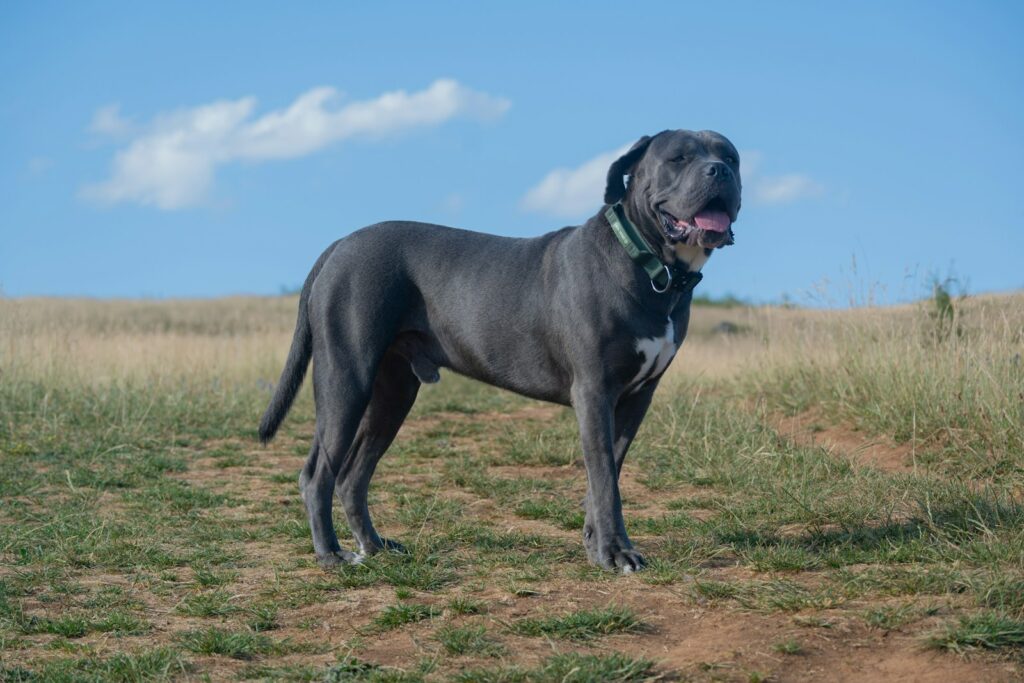
The Cane Corso is a large, powerful breed with a strong protective instinct. While loyal and affectionate with their family, they can be wary of strangers and need consistent, firm training. Their size and strength can be difficult for seniors to manage, especially during walks or in social situations.
Beagle

Beagles are curious, energetic dogs with a strong sense of smell and a love for exploring. While they are smaller in size, their high energy and independence make them difficult to manage, especially for seniors who may struggle to keep up with their activity levels. Beagles are also known for their tendency to wander, following their noses wherever a scent may lead them.
Rottweiler

Rottweilers are large, strong, and naturally protective. They need firm leadership and consistent training. Their guarding instincts may lead to overprotective behavior, and their size makes them difficult for seniors to manage. Regular exercise is also necessary to keep a Rottweiler healthy and happy, which can be challenging for seniors with a more relaxed lifestyle.
Akita

Akitas are independent, strong-willed dogs with a strong sense of loyalty to their owners. However, their size and protective nature can make them difficult to handle, especially for seniors who may not have the physical strength or experience needed to train them effectively. Akitas also tend to be territorial and may not tolerate strangers or other animals well.
Alaskan Malamute
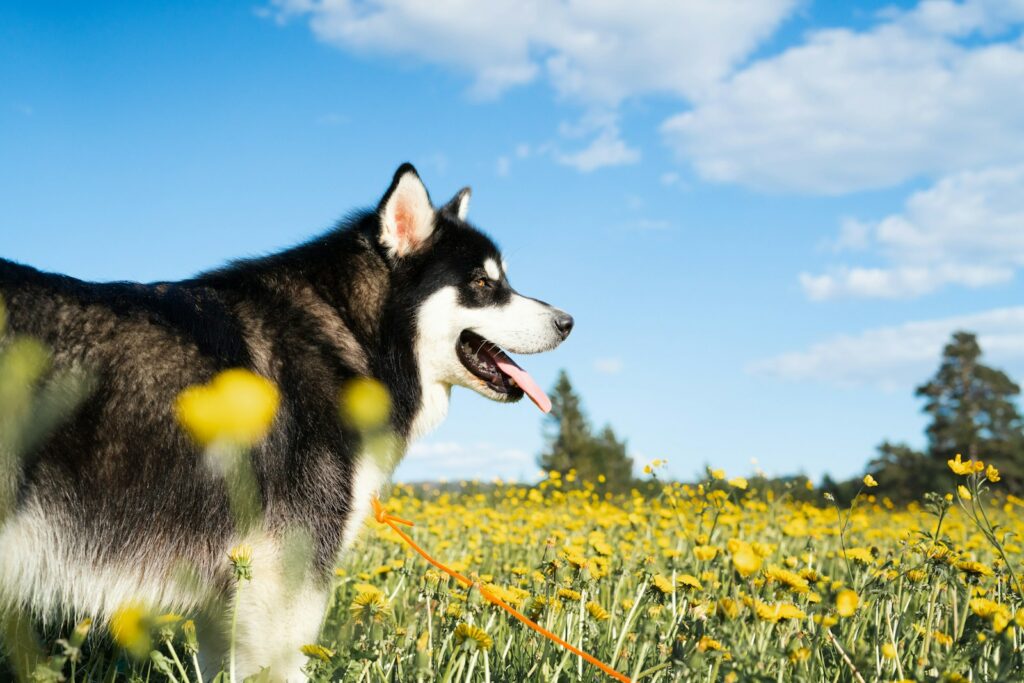
Alaskan Malamutes need a lot of exercise to stay happy and healthy. They are independent and strong, often pulling on the leash or trying to escape if not properly exercised. Seniors can find it difficult to keep up with a Malamute’s physical needs, and their strength can make walking or controlling them challenging. Their high prey drive also makes them unsuitable for homes with smaller pets or children.
Great Dane
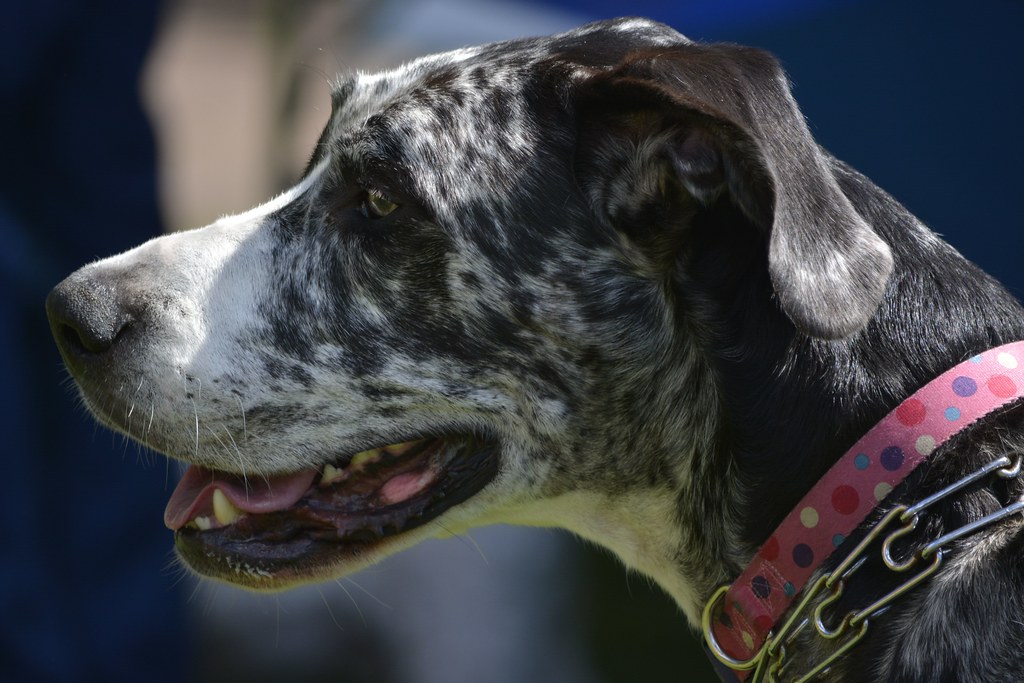
Their huge size can make them challenging to take care of, especially for seniors. Even with a calm temperament, their weight and strength can pose a challenge during walks or if they become excited. Seniors may struggle to control a Great Dane in confined spaces, and their short lifespan and health issues may add extra stress.
